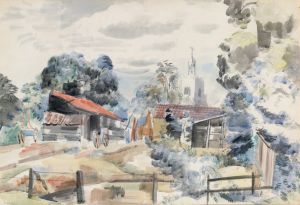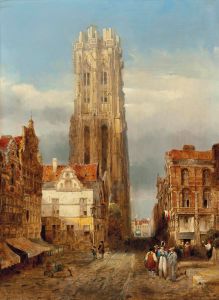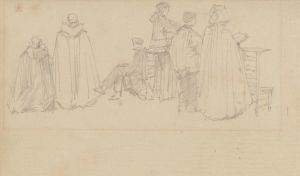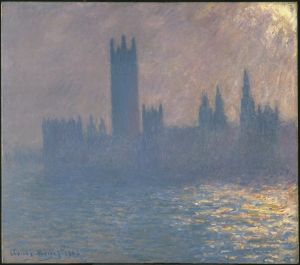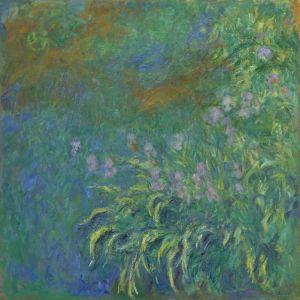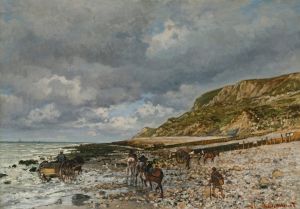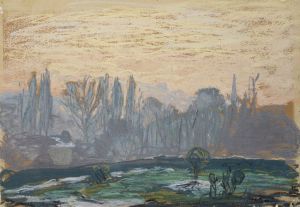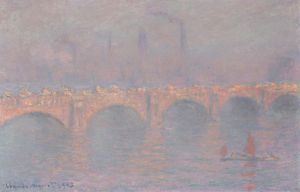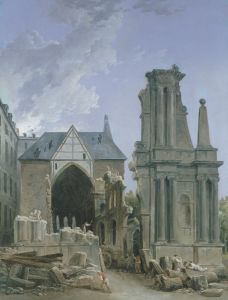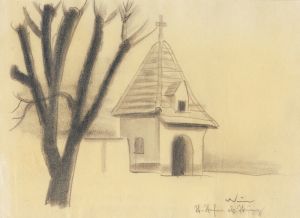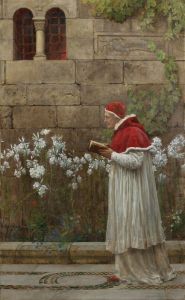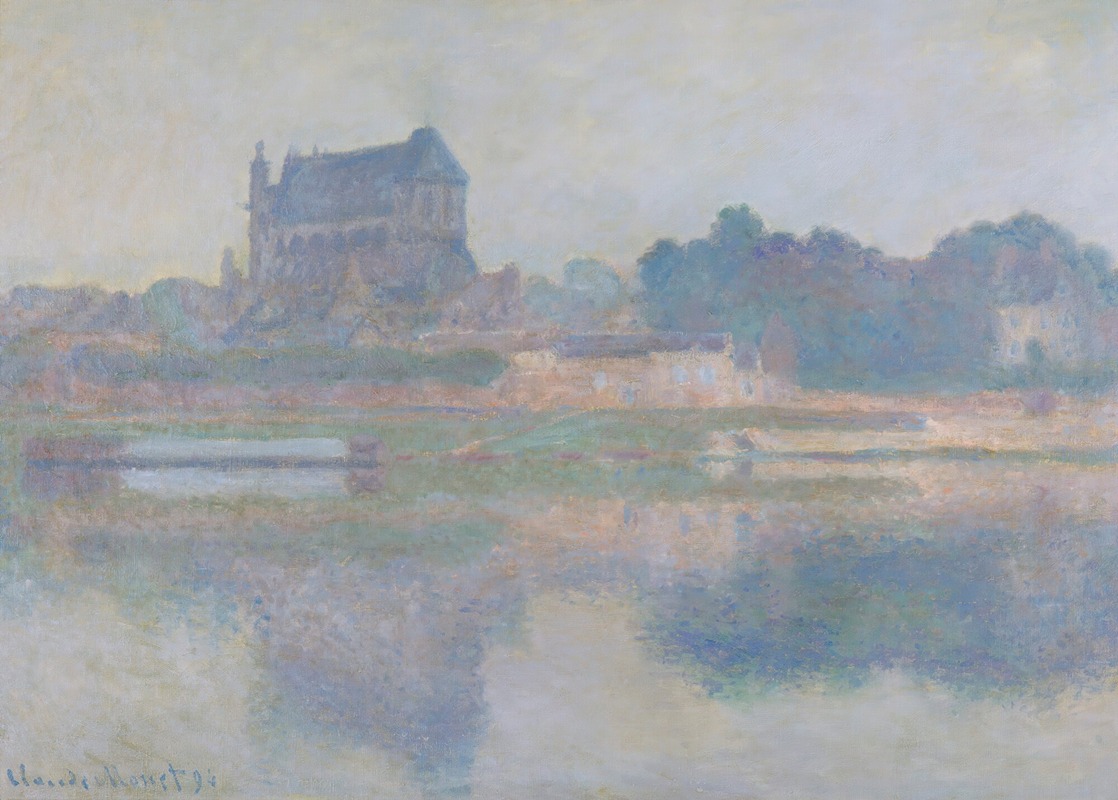
L’église De Vernon, Temps Gris
A hand-painted replica of Claude Monet’s masterpiece L’église De Vernon, Temps Gris, meticulously crafted by professional artists to capture the true essence of the original. Each piece is created with museum-quality canvas and rare mineral pigments, carefully painted by experienced artists with delicate brushstrokes and rich, layered colors to perfectly recreate the texture of the original artwork. Unlike machine-printed reproductions, this hand-painted version brings the painting to life, infused with the artist’s emotions and skill in every stroke. Whether for personal collection or home decoration, it instantly elevates the artistic atmosphere of any space.
Claude Monet, a pivotal figure in the Impressionist movement, is renowned for his ability to capture the transient effects of light and atmosphere in his paintings. One of his lesser-known works, "L’église De Vernon, Temps Gris," exemplifies his fascination with the interplay of light and architecture. Painted in 1894, this piece is part of a series where Monet focused on the church in Vernon, a town in the Normandy region of France.
Monet moved to Giverny, a village near Vernon, in 1883, and the surrounding landscape and architecture became a significant source of inspiration for him. The church in Vernon, with its Gothic architecture, provided Monet with a subject that allowed him to explore the effects of light and weather on stone surfaces. "L’église De Vernon, Temps Gris" translates to "The Church of Vernon, Gray Weather," indicating Monet's interest in capturing the mood and atmosphere of a cloudy day.
In this painting, Monet employs his characteristic loose brushwork and a palette dominated by muted tones to convey the somber, overcast sky. The church is depicted with a sense of solidity and permanence, yet the soft, diffused light suggests a fleeting moment in time. This juxtaposition is a hallmark of Monet's work, where the eternal and the ephemeral coexist.
Monet's technique in this painting involves the use of short, rapid brushstrokes that blend colors directly on the canvas, a method that allows the viewer's eye to mix the colors optically. This technique is particularly effective in "L’église De Vernon, Temps Gris," as it captures the subtle variations in light and shadow that define the church's facade under gray skies. The result is a dynamic surface that seems to shimmer with the changing light.
The choice of a gray, overcast day as the subject matter reflects Monet's interest in capturing all types of weather conditions, not just the bright, sunny scenes often associated with Impressionism. By painting the church under these conditions, Monet emphasizes the structure's architectural details and the way they interact with the subdued light. This focus on atmospheric effects is a key aspect of Monet's work during this period.
"L’église De Vernon, Temps Gris" is part of a broader series of paintings Monet created of the Vernon church, each capturing different times of day and varying weather conditions. This series approach is reminiscent of his more famous series, such as the Rouen Cathedral and the Haystacks, where Monet painted the same subject under different lighting conditions to explore the effects of light and color.
The painting is a testament to Monet's dedication to capturing the essence of a moment and his ability to convey the emotional impact of a scene through color and brushwork. While not as widely recognized as some of his other series, "L’église De Vernon, Temps Gris" offers insight into Monet's artistic process and his continual exploration of light and atmosphere.
Today, Monet's works, including "L’église De Vernon, Temps Gris," are celebrated for their innovative approach to capturing the natural world. They continue to be studied and admired for their contribution to the development of modern art and their enduring ability to evoke the beauty and complexity of the world around us.





